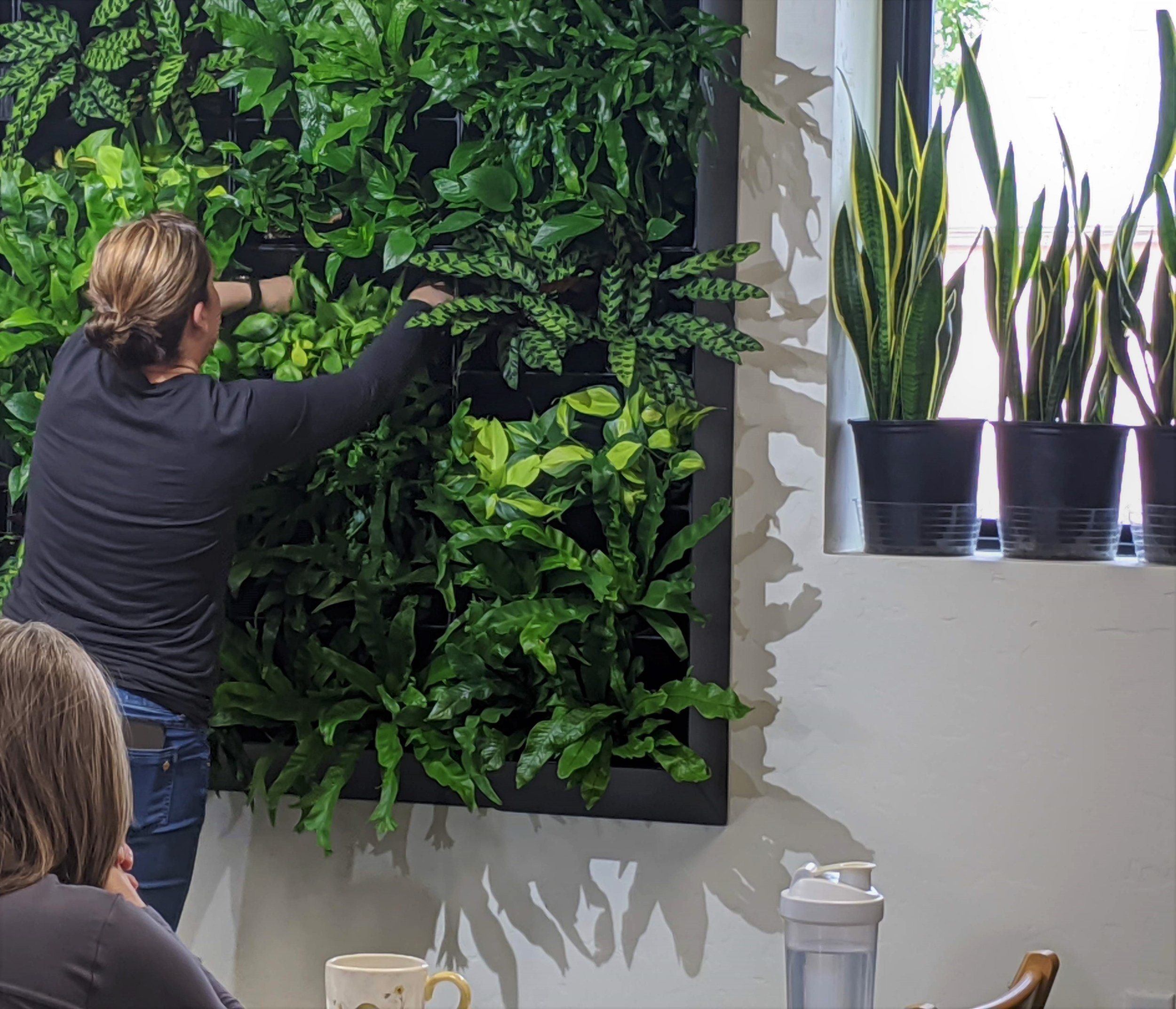6 Herbs to Grow (and use!) in Southern Idaho
July is the ideal time to harvest garden herbs and put them to use. Here are the top 6 herbs to grow in Idaho’s hot, dry climate with easy, unexpected ways to enjoy them:
Basil (Ocimum basilicum) Basil is an annual that grows well with full-to-part sun in evenly moist soil. It can get tall (20-24”) and is best when spaced 12” apart. Great for containers.
Harvest Hints: Pinch off flowers before they get the chance to bloom. Prune plants that are 6” tall or more, which will reward you with a bushier plant and more leaves for harvesting.
Culinary Cues: Basil’s sweet-savory flavor pairs well with any tomato dish, whether cooked or fresh.
Basil Quick-Dish: Top Avocado toast with fresh chopped basil and cherry tomatoes, for a satisfying and wholesome start to your day.
Chives (Allium schoenoprasum) This perennial will come back better each year and divided for sharing. Chives grow 12” high with edible stems and flowers. It prefers sun, but chives will tolerate shade in our hot, Idaho summers.
Harvest Hints: Cut leaves at the base when they reach 6” tall. Chives are best when used fresh; otherwise, refrigerate for up to 2 days.
Culinary Cues: Chives are the mild cousin of green onions and have a note of garlic. The purple blooms make a tasty and colorful addition to salads as well.
Chive Quick-Dish: Infuse butter with chopped chive stems for several hours to use as a gourmet topper for baked potatoes and garlic bread.
Dill (Anethum graveolens) Plant dill seeds in early spring and watch this grow in full sun 2-3’ tall by early-to-mid summer. Give it space, at least 12” from surrounding plants.
Harvest Hints: Snip off feathery foliage where it meets the stem, as soon as it develops. Cut only what you need at a single time; or, save cut stems in the fridge in a glass of water.
Culinary Cues: This herb adds a bright, fresh anise-like flavor to recipes, while seeds are for pickling. The leaves are more aromatic before the plant flowers.
Dill Quick-Dish: Adding fresh-cut dill leaves to scrambled eggs or omelets is a breakfast game-changer.
Lavender (Lavandula angustifolia) Grow lavender in dry, well-draining soil. Lavender plants bloom better in full sun and have vigorous growth each year, up to 24” high. Prune ⅓-⅔ of plants in late fall or early spring.
Harvesting - Cut stems just above the woody base. For the best flavor, harvest when buds have formed, but not opened.
Culinary Cues - Use only true English lavender for cooking. Good, culinary lavender has a delicate flavor compared to lavender grown as an ornamental shrub.
Lavender Quick-Dish - A handful of English lavender flowers—added to a cup of sugar—becomes a simple, but an indulgent base for homemade lavender lemonade.
Marjoram (Origanum majorana) Grown in full sun or partial shade, this adaptable plant enjoys well-drained soil. It’s a ‘tender’ perennial here in Idaho, so best to overwinter indoors.
Harvesting - Long tendrils of leaves are best cut before the plant flowers, about 6-8” long in the summer.
Culinary Cues -Marjoram leaves stripped off the stem are best used fresh. Rinse gently and add last minute for a sweeter, more subdued version of oregano.
Marjoram Quick-Dish - Roast carrots with a drizzle of olive oil, salt, pepper, and fresh, chopped marjoram. This side dish will please palates of all ages.
Rosemary (Rosmarinus officinalis) Rosemary loves our Idaho sun and dry climate. It may survive our cold season in a protected spot; otherwise, grow in a container to bring indoors for the winter.
Harvesting - Snippets of leaves are useful all year round, but summer is when rosemary produces fresh growth, which is best for immediate use.
Culinary Cues - Woody stems add flavor when used as a skewer for meat dishes, but only cut up to ⅓ of the plant at a time.
Rosemary Quick-Dish - Sprinkle chopped rosemary on your sweet potato fries, and you’ll rival any restaurant in the state.
Did You Know?
Most perennial herbs don’t need fertilizer, which keeps them low maintenance. Annual herbs can be fertilized similar to annual flowers, but it’s not always needed.
The majority of herbs come from the Mediterranean, so they are drought resistant, making them a practical plant for the busy—or forgetful—gardener. (Container plants will need more frequent watering to avoid completely drying out.)
Buying herbs, fresh or dried, can get expensive. Growing your own is economical, and a chance to take pride in expanding your culinary skills.
Herbs are not only good for flavoring food, but their flowers help our local pollinators. Grow herbs, and our Idaho wildlife will benefit, too!
Terri Bonstrom, Biome Horticulturist



